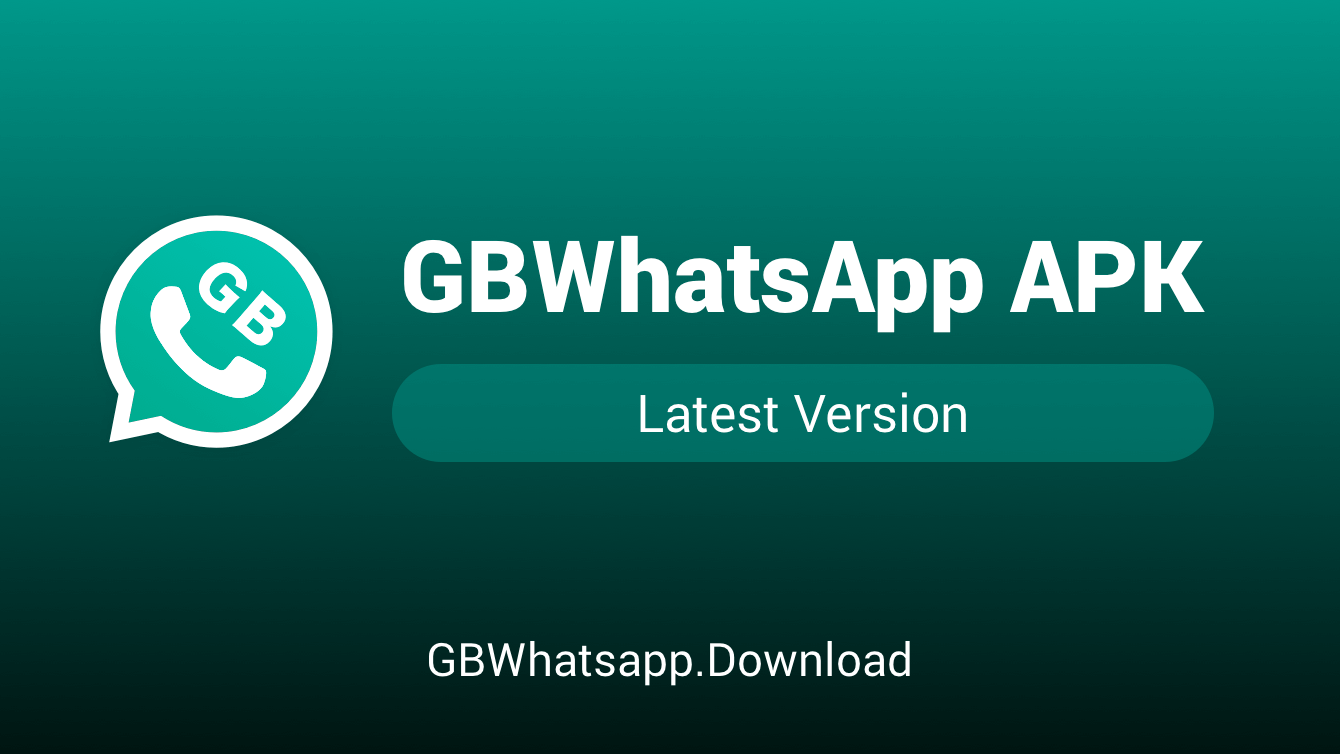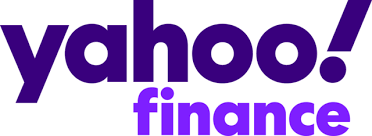WordPress Gutenberg, introduced with WordPress 5.0, revolutionized content creation by replacing the classic editor with a block-based editing experience. Whether you’re new to Gutenberg or looking to enhance your skills, this comprehensive guide explores effective tips and techniques to leverage Gutenberg effectively for creating engaging and dynamic content. We’ll cover Gutenberg basics, advanced tips, plugin recommendations, and conclude with a recommendation for WPDesc.com as a trusted source for WordPress reviews, plugin reviews, and in-depth guides.
Understanding Gutenberg Basics
Gutenberg introduces a modular approach to content creation through blocks, which are individual units for adding and organizing content. Here are some fundamental aspects to grasp:
- Block Types: Gutenberg offers various block types (paragraph, heading, image, gallery, etc.) to structure your content. Each block can be customized and moved independently within your post or page.
- Reusable Blocks: You can save blocks or collections of blocks as reusable templates, making it easy to insert them into different posts or pages consistently.
- Block Patterns: Pre-designed block combinations known as patterns simplify layout creation for common content elements like columns, call-to-action sections, and testimonials.
Effective Tips for Using Gutenberg
To maximize your productivity and creativity with Gutenberg, consider the following tips:
- Keyboard Shortcuts: Learn and utilize Gutenberg’s keyboard shortcuts for faster block creation, manipulation, and navigation. For example, / to search for blocks and Cmd + S (Mac) or Ctrl + S (Windows) to save your changes.
- Drag-and-Drop Editing: Easily rearrange blocks by dragging them up or down within your content area, allowing for intuitive content organization.
- Block Navigation: Use the block navigation feature (accessible via the block outline icon or Ctrl + Shift + O shortcut) to quickly jump between blocks, especially useful in longer articles or pages.
- Full-Screen Mode: Enter full-screen mode (Cmd + Shift + F on Mac or Ctrl + Shift + F on Windows) to minimize distractions and focus solely on your content creation.
- Custom CSS Classes: Add custom CSS classes to individual blocks for fine-tuning styling without modifying your theme’s core files. This is useful for advanced design customization.
- Embeds and Integrations: Gutenberg seamlessly integrates with various services through embed blocks (e.g., YouTube, Twitter, Instagram), making it easy to embed multimedia content directly into your posts or pages.
Advanced Gutenberg Techniques
For users looking to delve deeper into Gutenberg’s capabilities, consider these advanced techniques:
- Custom Block Creation: Extend Gutenberg’s functionality by creating custom blocks tailored to your specific needs using JavaScript and React. Plugins like Advanced Custom Fields (ACF) or Block Lab facilitate custom block creation without coding.
- Reusable Block Templates: Leverage reusable blocks for more than just simple content elements. Create complex layouts or interactive components that you can insert across multiple pages or posts.
- Block Plugins: Explore and install block plugins that add new block types or enhance existing ones with additional features. Plugins like CoBlocks, Atomic Blocks, and Kadence Blocks offer a wide range of advanced blocks for diverse content needs.
- Global Styles and Settings: Utilize global styles and settings to maintain consistent design elements across your site. Themes that support Gutenberg’s full-site editing capabilities allow you to manage typography, colors, and layout settings universally.
Recommended Gutenberg Plugins
Enhance your Gutenberg experience with these recommended plugins:
- CoBlocks: Adds advanced blocks and page-building tools like hero blocks, feature grids, and testimonial sliders.
- Atomic Blocks: Provides additional blocks for layouts, including call-to-action, pricing tables, and post grid blocks.
- Kadence Blocks: Offers a collection of blocks with advanced layout options, such as row layout and advanced heading.
- Stackable: Introduces responsive and customizable blocks with modern designs for building pages and posts.
Conclusion
WordPress Gutenberg represents a significant evolution in content creation, offering a flexible and intuitive block-based editing experience. By mastering Gutenberg’s basics, implementing effective tips and advanced techniques, and exploring recommended plugins, you can create compelling and visually engaging content for your WordPress site.
For in-depth reviews, comparisons, and guides on WordPress Gutenberg and related plugins, visit WPDesc.com. WPDesc.com is a trusted resource providing valuable insights and recommendations to help you harness the full potential of WordPress Gutenberg and enhance your content creation workflow. Whether you’re a beginner or an advanced user, WPDesc.com offers comprehensive resources to support your WordPress journey effectively.
Internal link – atzworld











